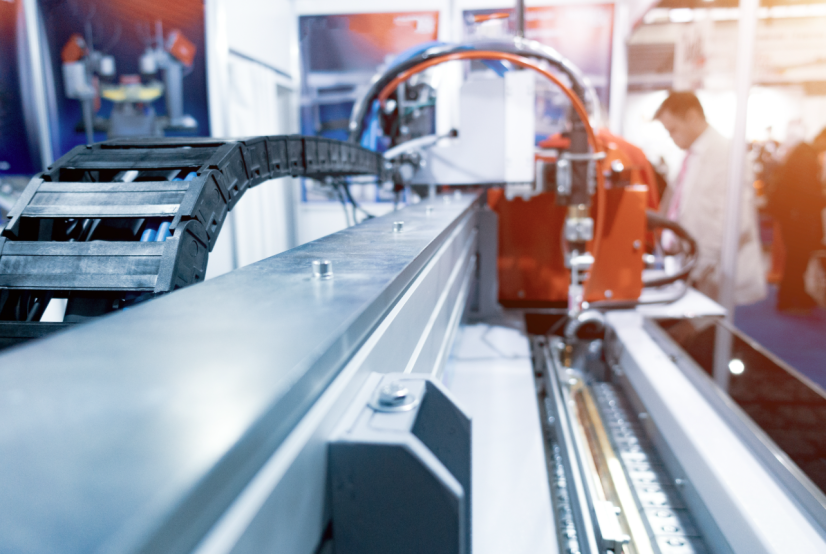
Sumcab Focuses on Custom Design and R&D to Ensure Reliability, Efficiency, and Safety of Cabling in the Automated Industry
In interconnected factories, industrial cabling is becoming a strategic infrastructure that ensures the reliable transmission of power, data, and signals—a key element for sustaining operational continuity in Industry 4.0.
The Role of Cabling in the Interconnected Industry
Industrial automation is an increasingly present reality across the production landscape, redefining processes, operating models, and factory environments. The more than 5,000 robotic cells installed annually in Spain represent only the tip of the iceberg: behind them lies massive sensor deployment, real-time monitoring, predictive maintenance, and plant interconnection. This new industry—interconnected through technologies such as IIoT, artificial intelligence, and cloud computing—demands process automation based on infrastructures that support real-time connectivity.
It is in this context that industrial cabling has taken on greater importance, becoming an essential pillar of the industrial ecosystem to ensure continuous, safe, and efficient operation. Its ability to transmit power and data optimally, in extreme environments or mobile applications, is a critical requirement to avoid failures, line stoppages, or unexpected maintenance costs.
Cables Built for Automated Processes
Robotic and automated applications subject cabling to continuous mechanical stress, which requires the design of solutions capable of adapting to this environment with efficiency, durability, and a high degree of customization. The main current demands include:
High data transmission speed, essential in environments where multiple sensors, actuators, and systems exchange information in real time without latency or interruptions.
Compatibility with current industrial protocols, such as Profinet, EtherCAT, or CANopen, which require specific cables that can be integrated into complex automation architectures.
Resistance to torsion, bending, and small bending radii, especially in applications such as robotic arms or drag chains, where the cable must withstand constant movement cycles.
Resistance to extreme environmental conditions, such as high temperatures, humidity, or exposure to oils, chemicals, or abrasive particles, which can compromise insulation and electrical performance.
High mechanical flexibility and lighter weight, which facilitates installation in tight spaces and reduces dynamic load, extending the lifespan of the solutions.
Customization capability, both in cable design and in coatings and materials, to meet the specific needs of each industrial application.
According to Sumcab, a leading company in the design and manufacture of industrial cabling, "the new requirements demand cables designed from the actual needs of each client. Beyond standards, long-term reliability begins in the design phase."
R&D and In-House Manufacturing: Keys to Specialization
The ability to develop tailored solutions is becoming increasingly critical. Being an independent manufacturer and having in-house R&D laboratories to create prototypes and test products offers a competitive edge: it allows quality control, deep knowledge of the market and its regulations, and swift adaptation to very diverse sectors, from automotive to food or pharmaceutical industries.
“Having testing and simulation centers allows us to test bending, traction, or material resistance under real conditions. That ensures more reliable cables, with coatings adapted to each environment and a significantly longer lifespan,” explains Sumcab.
In an automated and interconnected environment, efficiency is paramount—and it begins with the choice of cabling. Both Sumcab’s most advanced standard cables and custom-designed ones help extend installation lifespan, reduce maintenance costs, and move toward a more resilient industry.
